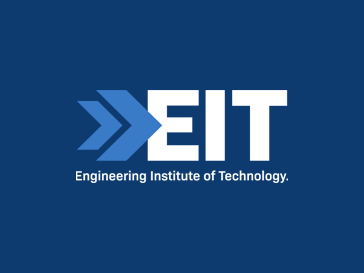March 2018 will go down in history as a tough month for autonomous and electric vehicle engineers.
Self-driving cars and the engineering technologies that power them are being heavily criticized due to a spate of high profile failures and the dangers of introducing job-threatening ideologies into the modern world.
A self-driving Uber SUV in Tempe, Arizona, struck and killed a pedestrian on the evening of March 18th, 2018. The Volvo XC90 was in the autonomous mode at the time of the accident. This is despite Uber using ‘safety drivers’ to guard against accidents.
Public opinion is divided over what or who to blame: the self-driving technology or the safety driver (who was not paying attention to the road at the time of the crash)? According to the exterior and interior cameras in the self-driving SUV, however, it is clear that the car’s technology would have been unable to prevent the crash.
(Tesla’s autopilot mode has also caused accidents before, one being fatal.)
 Source: Reuters / Image: Uber’s damaged autonomous car
Source: Reuters / Image: Uber’s damaged autonomous car
As a result of the SUV crash Uber removed all of its self-driving vehicles from Arizonian roads. (Uber had also been hiring drivers with criminal records; they have changed that strategy too).
Toyota also halted self-driving car tests after news broke of the Uber accident. Toyota, like Tesla Motors, has a driver-assisting technology; the technologies are somewhat different to the fully autonomous methods used in Uber’s case.
Despite the tragedies Toyota is launching a US$2.8 billion company to continue developing the self-driving technologies.
Self-driving cars are being viewed with heightened skepticism, understandably, but then so too are the renewable technologies that are powering the electric vehicles of the present and future.
Electric Vehicles in the firing line
A Tesla Model X was involved in a crash on the 23rd of March 2018. The Model X crashed into a median barrier on Highway 101 in Mountain View, California (Silicon Valley). The car burst into flames. Whether or not the autopilot function had been enabled is beside the point - the flames were reportedly coming from the battery.
NBC’s Bay Area twitter account tweeted: “A Good Samaritan at the scene of the Tesla Model X car crash described the car to be “actively emitting full flames from the battery bank.”
It is suspected that when an electric vehicle (EV) crashes the threat of a fire starting on impact is real. The battery banks on a Tesla Model X’s are made up of 7,000 cells. If the cells catch fire, they can burn at 900 degrees Fahrenheit (482 degrees Celsius).
However, Elon Musk’s Tesla Motors has defended itself: with indications that lithium-ion powered vehicles could catch fire they are still 5 times less likely to catch fire in crashes when compared to gas-powered vehicles. Nonetheless, at the scene of the crash firefighters and Tesla technicians worked together to figure out how to effectively douse the fire. It was an interesting meeting of minds: firefighter and technician.
 Source: @DanCSmith (Twitter)
Source: @DanCSmith (Twitter)
The concern is that police and emergency services are not equipped to handle situations caused by newer technologies they do not yet understand. EV technology has been challenging engineers and technicians for some time, but now emergency service personnel are on a sharp learning curve too.
Autonomous vehicles and EVs have come a long way, but ultimately safety is paramount. It is, however, also worth reflecting on the turbulent history of the driver-dependent, gas-powered vehicle.
Works Cited
“Arizona Puts Brakes on Uber Self-Driving Car Tests.” Phys.org - News and Articles on Science and Technology, phys.org/news/2018-03-arizona-uber-self-driving-car.html.
Fingas, Jon. “Tesla Model X Driver Dies in Mountain View Crash.” Engadget, 26 Mar. 2018, www.engadget.com/2018/03/24/tesla-model-x-driver-dies-in-mountain-view-crash/.
